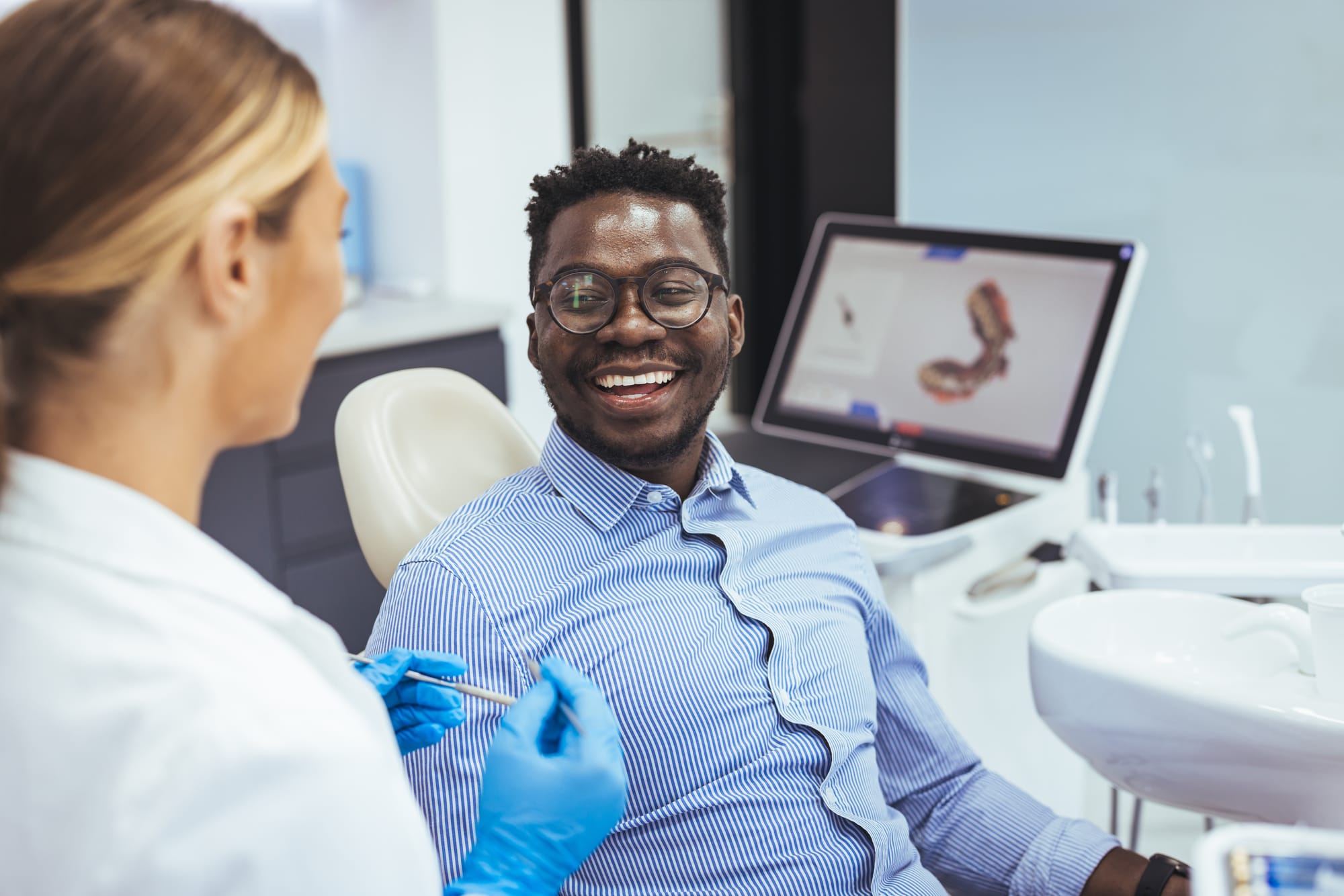
You know how it is when we all get together at Curiosity Live – a quick comment often sparks a seriously insightful conversation. Well, that's exactly what happened at our last meet-up as we dove deep into how we can all put humanity first in our dental practices.
And guess what? Out of all that lively discussion, three big areas for improvement in human-first dentistry really stood out. So, we've pulled together this toolkit, packed with practical strategies and tools straight from our community's collective wisdom, to help you tackle these areas head-on.
I. Transformative patient communication & coaching
This area is all about connecting with your patients on a deeper level and truly empowering them.

- Master the art of the opening question: Forget diving straight into teeth. Start with open-ended questions like, "Why are you here today, and what do you hope we can achieve together?" or "What's your main concern?" This shifts the power to your patients and sets a collaborative vibe right away.
- Practice compassionate engagement: Remember that every patient's behavior tells a story. Approach everyone knowing "you never know who needs compassion." Be fully present – no touching tools yet! – listen deeply, show empathy, and then ask, "How can I help?"
- Be mindful of your non-verbal cues: Your mood is catching! Before each consultation, do a quick "top-to-toe check." Are you relaxed? Is your expression open? Your calm presence is the first step in building trust.
- Implement the "favorite patient" mantra: Treat every single patient like they're your most important. You can even playfully say, "You're my favorite patient!" just to make it clear that everyone gets the same top-notch care and attention.
II. Optimizing practice flow & team collaboration
This section looks at how to make your practice run smoother while keeping that human-first touch consistent.

- Allocate quality time for patient conversations: Twenty minutes just doesn't cut it for human-first care. Aim for 45 minutes to an hour for initial chats. This dedicated time for real conversation and goal-setting pays off big-time in patient engagement and long-term results.
- Leverage digital platforms for knowledge transfer: As your clinic grows, keeping everyone on the same page is crucial. Tools like Notion are great for clear guidelines and "cheat sheets." For quick, day-to-day updates, Slack can beat email hands down.
- Empower your entire team: Everyone plays a part! Let your dental nurses take on more patient education, brushing instructions, and even fluoride varnish application (where allowed). This spreads preventative care throughout your practice, right down to receptionists guiding patients to products.
- Invest in staff training for coaching: You can't just tell your team to be coaches; they need the skills. Put time and budget into training them in coaching and motivational interviewing. It makes a huge difference in consistent, empathetic patient interactions.
III. Tailored patient motivation & outreach
This area focuses on connecting with all kinds of patients and spreading your impact beyond the clinic doors.

- Motivating teenage patients: Link oral health to how they feel about themselves. Ask, "Don't you want your smile to be as perfect as the rest of your look?" Respect their independence and empower them with choices.
- Engaging children through play and control: For the little ones, make dental visits a game. Let them choose their toothbrush or toothpaste flavor to give them a sense of control. Disclosing tablets can even turn "plaque monsters" into a fun challenge!
- Foster positive family routines: Remind parents that kids learn by example. If they see you brushing and making oral hygiene a daily habit, they're much more likely to follow suit.
- Beyond the chair: community outreach: Your human-first message shouldn't stop at your door. Explore speaking at schools, youth groups, or writing for local papers. Use social media to share good, evidence-based info and combat misinformation.
- Collaborate with other medical professionals: Build bridges with other healthcare providers. If you spot systemic issues affecting oral health (like habits, inflammation, or posture), confidently refer patients to specialists. Working together means better holistic care.
